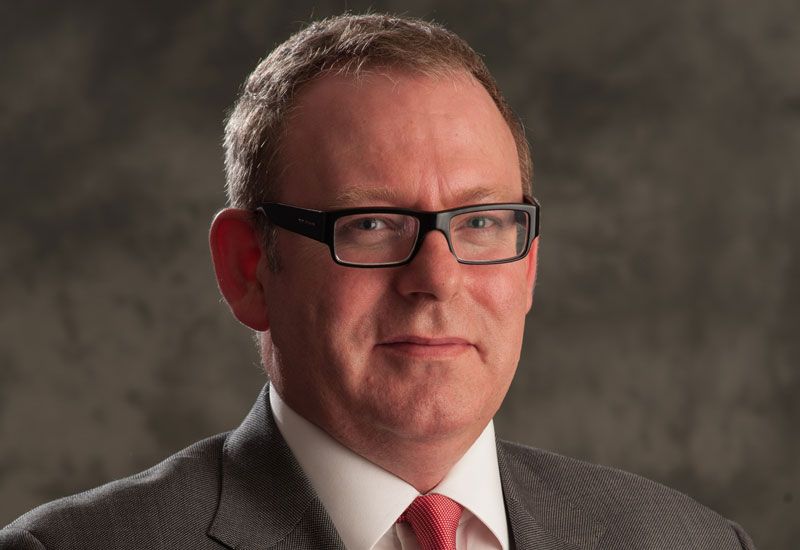For the international food service and hospitality industries, February means one thing: Gulfood is back. Since 1987, Gulfood has provided a specialised trading platform for the worldwide food industry to meet, network, trade and transact out of Dubai.
From its humble beginnings, Gulfood has evolved into the world’s biggest annual food and hospitality show — and this year’s event will live up to its trend-tracking moniker with a host of new product sources, supply chains and consumer product indicators.
Finding room for more than 5,000 local, regional and international companies from 120 countries and over 85,000 visitors from 170 countries is no easy feat — even for a venue as vast as Dubai World Trade Centre. As such, Gulfood 2016 will span in excess of 120,000m2 of multi-functional indoor exhibition space — including three completely new DWTC halls, and two, purpose-built temporary structures spanning 10,900m2.

| Advertisement |
We bill the show as the perfect business and networking platform for buyers, suppliers, visitors and exhibitors from the Middle East, Africa, Europe, the Americas, the Far East, the Indian sub-continent and Australasia; in short, everywhere and everyone.
For 2016, we are aiming to deliver even ‘More Tastes, More Trends and More Trade’ as tens of thousands of finished food and beverage suppliers, bulk commodity wholesalers and exporters, and the show’s largest-ever collection of hospitality, food service and café equipment suppliers conduct brisk business on the show floor.
Naturally, our country and trade association partners remain the foundation of our offering and we have secured Gulfood’s first-ever Russian national pavilion — led by no less than the country’s Ministry of Agriculture — among this year’s 117 national pavilions.
Now one of the world’s largest grain exporters, the recent rouble devaluation means Russian participation at Gulfood has huge potential for buyers and sellers. With its recent geo-political challenges, Russia is looking for new suppliers — particularly from Asia and Africa. We anticipate strong exhibitor-to-exhibitor relations being fostered as significant numbers of Russian buyers look for new regional supply routes via Dubai’s exceptional food transport infrastructure and international air links. Our customers wanted inroads to Russia, so we have provided a strategic entry-channel for them; opening doors has always been a pillar of the Gulfood ethos.
Indeed, every year we absorb exhibitor and visitor feedback to ensure the show remains as relevant today as it was in 1987; a commitment reflected by Gulfood’s impact on global food trading.
For those unaware, the show’s on-event and year-round legacy trading run into billions of dollars — we connect nations and suppliers, open distribution channels for industry-related business and, of course, highlight Dubai’s strategic role as a key global food industry trading hub.
Dubai’s status as an international food trade hub will also come under the microscope at the third Halal World Food, the world’s biggest annual halal food sourcing trade event. This show-within-a-show platform is an essential prerequisite for any supplier looking for a foothold in the global halal market expected to reach US $10 trillion by 2030.
Other features this year include perennial favourites such as the Gulfood Conference, the Emirates Culinary Guild Salon Culinaire and the Gulfood Awards, while Gulfood 2016 will also host the ninth World Cezve / Ibrik Championship — a competition dedicated to the centuries-old art of brewing coffee in a ‘cezve’ or ‘ibrik’, the small, long-handled pot.
Staging the competition in the Arabian Gulf for the first time represents another notable first in Gulfood’s long history of setting the local, regional and international food industry agenda. And long may that continue. We look forward to welcoming you to Gulfood 2016.









 Search our database of more than 2,700 industry companies
Search our database of more than 2,700 industry companies









